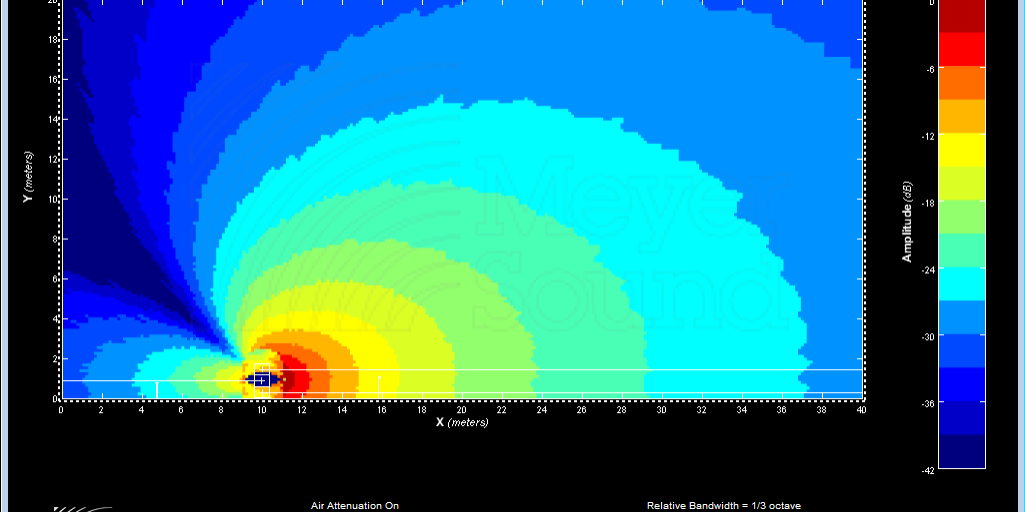It is hard to overestimate the importance of a good sounding system. Often secret lies in a simple and evident things, but if you are not familiar with the physical processes – it is impossible to find the cause of a problem you are trying to solve. Finding the solution is not possible without understanding of a current problem.
This course is designed for the entertainment industry specialists who want to make their first steps in understanding a sound system engineering. Course assumes the presence of a basic knowledge in accompanying fields. For example if you are sound technician, mixing engineer, house sound engineer, installation engineer etc., and you are interested in improving the sound quality of your sound system – you are in the right place.
Students will get knowledge and experience of relevant measurement techniques, equalization, using single and dual channel FFT analyzers, time aligning sound sources, reasoning of minor physical processes. Apart from an essential knowledge and the experience, students will get to know how wide and deep the field of sound engineering is, which will give a great motivation for further development.
Main topics covered during the class are listed below:
- Tonal balance - frequency response
- Coverage basics
- Objects on the way of sound
- Equal amplification curve
- Line array design, very high level basics
- Low frequency directivity, why so important
- Fundamental concepts
- Sound propagation
- Speed of sound
- Frequency
- Wave length
- Spectrum analysis
- Fourier Hypothesis
- Single channel FFT
- Dual channel FFT
- Single channel VS Dual channel
- Phase – time over frequency
- Impulse response
- Signal Interaction
- Simple interaction
- Complex (Wheel)
- Interference
- Level influence
- Subwoofer interaction (Low frequency directivity)
- Top to sub time alignment
- EQ
- How EQ works
- Filter types
- Bell
- Shelf
- Cut/Pass
- Applying EQ
- Crossover concepts
- Electronic
- Electro-acoustical
- Spatial
- Top-Sub gain alignment
- Top-Sub time align
- Fills/Delays
- Aural localization mechanisms (quick)
- Blumlein
- Haas
- Spatial crossover (quick explanation)
- High-passing fills
- EQ considerations
- Time alignment
- Evaluation
- Tonality check
- Sound transition check
- Image localization transition check
- Aural localization mechanisms (quick)
- Workflow


